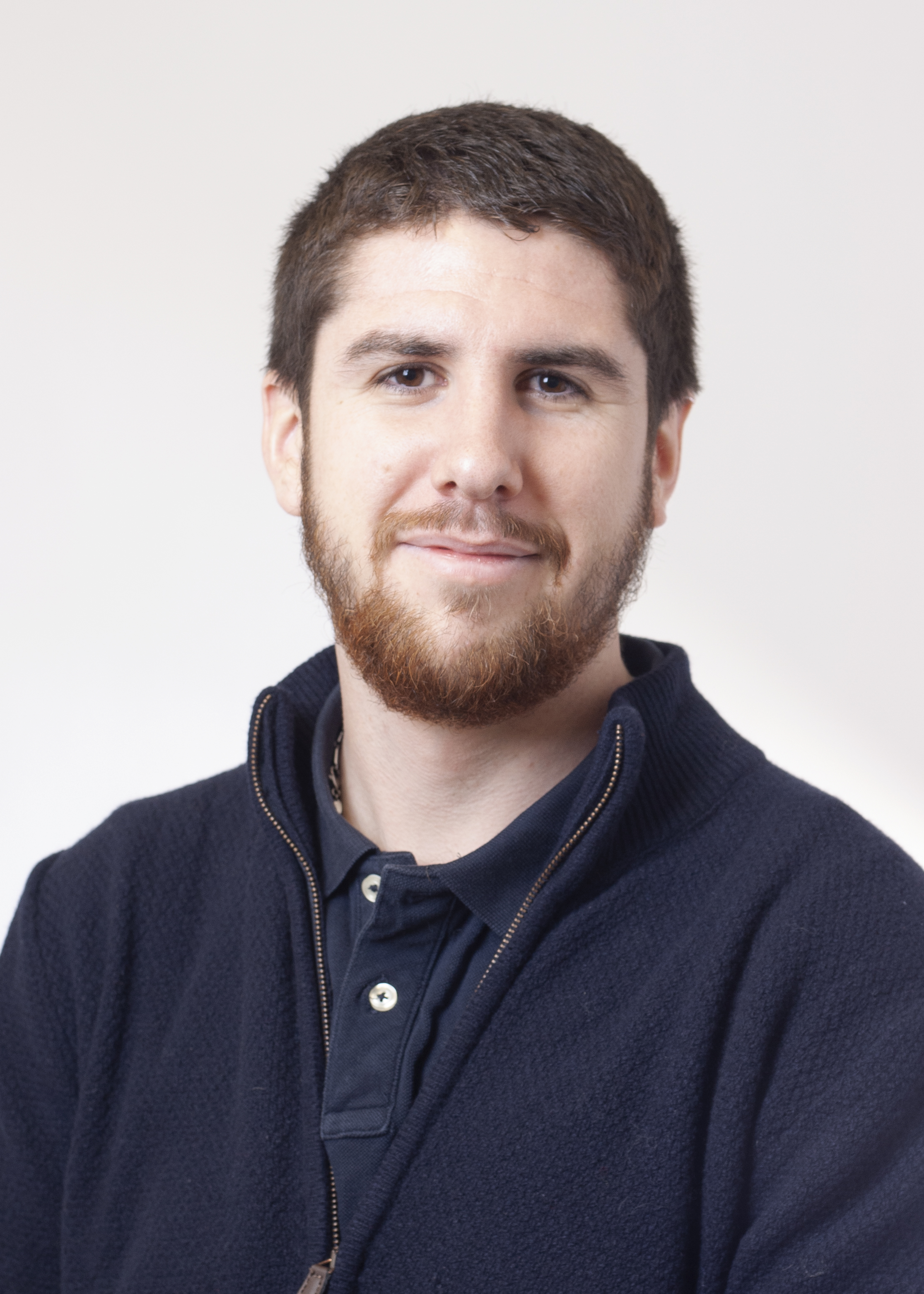Université Paris-Saclay "Activation and substrate specificity of the human P4-ATPase ATP8B1" Nature Communication, https://doi.org/10.1038/s41467-023-42828-9 Thibaud Dieudonné, Felix Kümmerer, Michelle Juknaviciute Laursen, Charlott Stock, Rasmus Kock Flygaard, Syma Khalid, Guillaume Lenoir, Joseph A. Lyons, Kresten Lindorff-Larsen & Poul Nissen, Nat Commun. 14, 7492 (2023).
Cv
Thibaud Dieudonné, 30 ans, a effectué son doctorat à l'université Paris-Saclay, sous la direction de Guillaume Lenoir. Au cours de sa thèse, il a travaillé sur la caractérisation structurale et biochimique des flippases de levure et humaines. Peu après, il a rejoint le groupe du Prof. Poul Nissen à l'Université d'Aarhus au Danemark pour poursuivre ses travaux structuraux sur les flippases et également sur les transporteurs de cuivre en utilisant la cryo-EM. En 2021, il a reçu une bourse Marie Sklodowska-Curie pour poursuivre ses travaux sur ATP8B1, une flippase humaine impliquée dans une maladie héréditaire rare du foie. Après son postdoc au Danemark, Thibaud a reçu une bourse pour revenir en France grâce au programme "aide au retour en France" de la Fondation Recherche Médicale (FRM) pour travailler sur des transporteurs d’ions impliqués dans le paludisme à l'Institut de Biologie Intégrative de la Cellule (I2BC) au sein du Laboratoire des Protéines et Systèmes Membranaires (LPSM). Plus récemment, Thibaud a été sélectionné pour un poste de professeur junior (CPJ) à l'université Paris-Saclay, afin de renforcer la mise en place de l’étude structurale des protéines membranaires grâce à la cryo-EM.
Contact
CEA SACLAY, Bat. 528 - RD36, I2BC UMR 9198, 91191 GIF SUR YVETTE CEDEX
Cette adresse e-mail est protégée contre les robots spammeurs. Vous devez activer le JavaScript pour la visualiser.
Résumé de l'article
Asymmetric distribution of phospholipids in eukaryotic membranes is essential for cell integrity, signaling pathways, and vesicular trafficking. P4-ATPases, also known as flippases, participate in creating and maintaining this asymmetry through active transport of phospholipids from the exoplasmic to the cytosolic leaflet. Here, we present a total of nine cryo-electron microscopy structures of the human flippase ATP8B1-CDC50A complex at 2.4 to 3.1 Å overall resolution, along with functional and computational studies, addressing the autophosphorylation steps from ATP, substrate recognition and occlusion, as well as a phosphoinositide binding site. We find that the P4-ATPase transport site is occupied by water upon phosphorylation from ATP. Additionally, we identify two different autoinhibited states, a closed and an outward-open conformation. Furthermore, we identify and characterize the PI(3,4,5)P3 binding site of ATP8B1 in an electropositive pocket between transmembrane segments 5, 7, 8, and 10. Our study also highlights the structural basis of a broad lipid specificity of ATP8B1 and adds phosphatidylinositol as a transport substrate for ATP8B1. We report a critical role of the sn-2 ester bond of glycerophospholipids in substrate recognition by ATP8B1 through conserved S403. These findings provide fundamental insights into ATP8B1 catalytic cycle and regulation, and substrate recognition in P4-ATPases.




